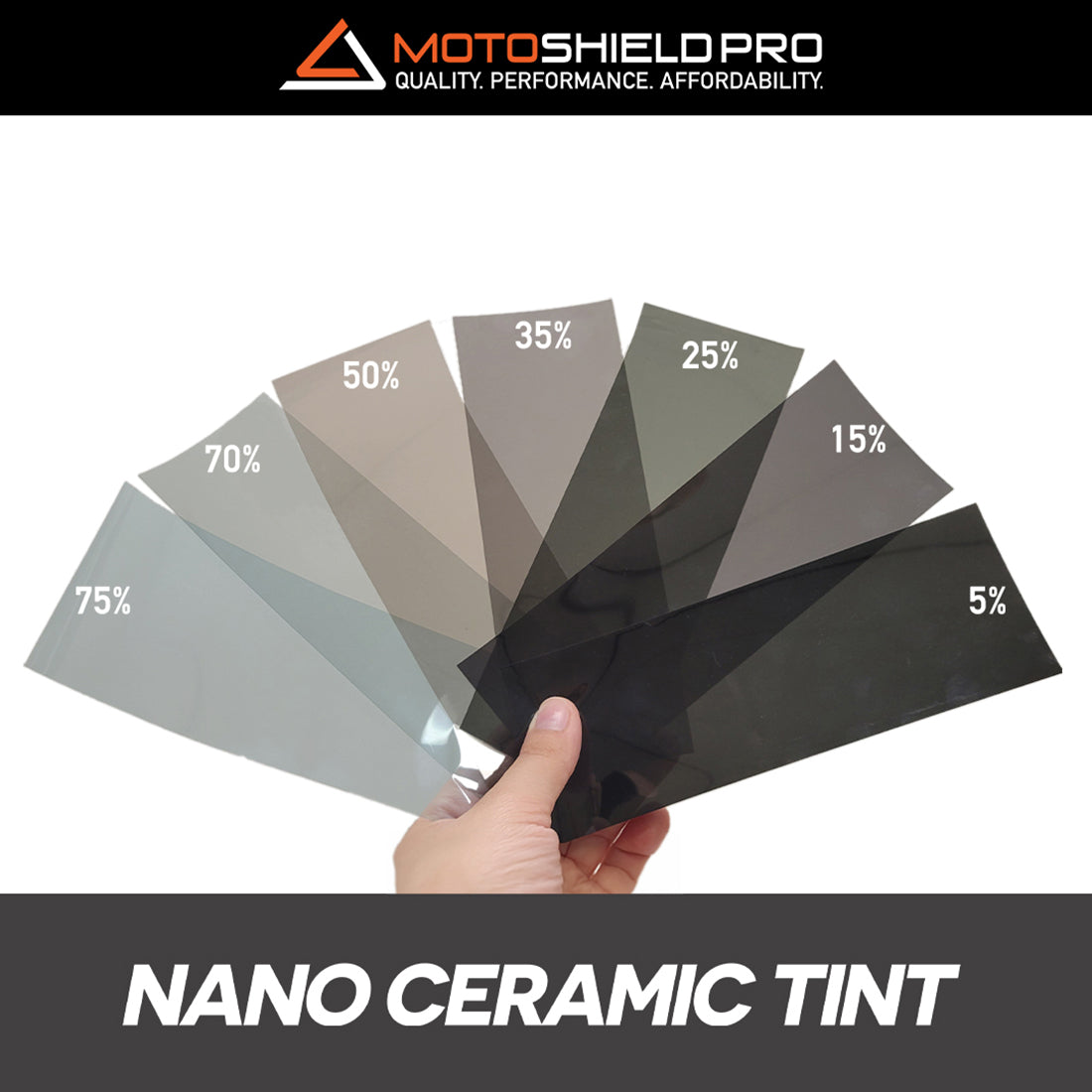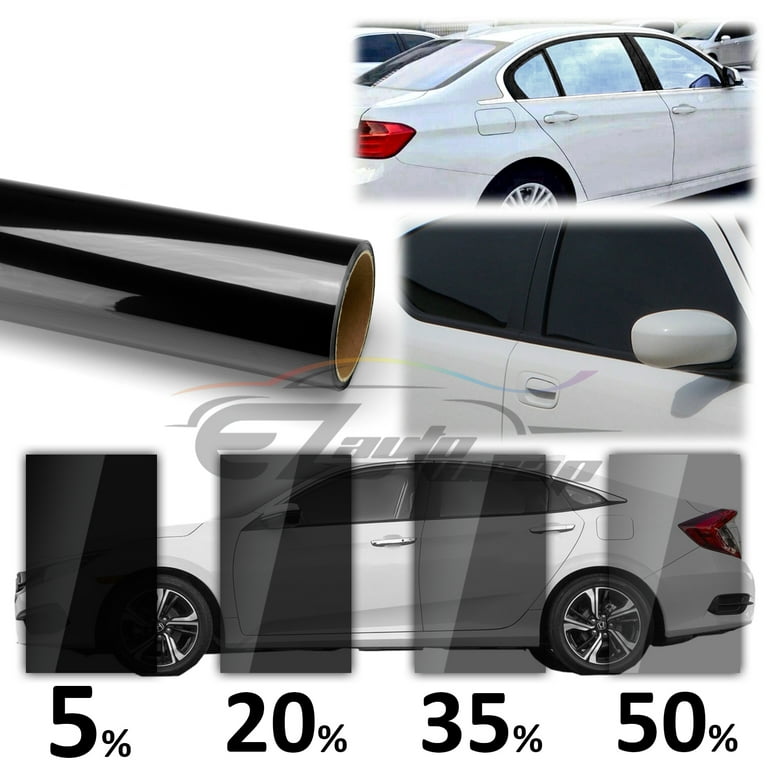Car Window Tinting: Resilient Defense for Your Vehicle's Windows
Car Window Tinting: Resilient Defense for Your Vehicle's Windows
Blog Article
Window Tinting Rules and Guidelines: What You Need to Know Prior To Tinting Your Cars And Truck
Prior to continuing with home window tinting for your vehicle, it is essential to familiarize yourself with the diverse regulations and guidelines that control this method across various states. These laws determine the permitted levels of tint darkness, frequently determined by visible light transmission (VLT) portions, and include certain specifications for front windscreens aimed at making sure road safety and security.
Summary of Window Tinting Laws
Home window tinting laws are often subject to variation throughout different jurisdictions, mirroring neighborhood policies and safety factors to consider. These regulations dictate the permissible degrees of color darkness and reflectiveness on vehicle windows, ensuring that motorists keep ample exposure while likewise securing against hazardous UV rays and warmth.
Most laws identify window tinting based upon the Visible Light Transmission (VLT) percentage, which indicates the quantity of light that can travel through the window. Normally, reduced VLT portions represent darker tints. Laws usually differentiate in between the front, side, and rear home windows, with stricter limitations applied to the front windshield to boost safety and security for both the vehicle driver and various other road users.
In addition, some territories impose limitations on the reflectivity of the color, stopping extreme glow that can impair visibility. Exceptions to these laws may exist for individuals with certain medical problems calling for extra sunlight security. Conformity with window tinting regulations is important, as offenses can lead to fines, required removal of the color, and prospective boosts in insurance costs. It is vital for vehicle owners to acquaint themselves with local laws before continuing with window tinting installations.
State-by-State Color Rules
Recognizing the specific home window tinting laws in each state is crucial for lorry proprietors looking for to conform with the legislation. Each state in the U.S. has established its own collection of policies governing window tinting, which can vary dramatically. These laws usually determine the permitted levels of tint darkness, the kinds of windows that can be tinted, and any medical exceptions that may apply.
For circumstances, states like California have rigorous constraints on color darkness for front windows, while others, such as New Mexico, might allow darker colors. Additionally, certain states mandate particular visibility percents for different home windows, including the windscreen, front side windows, and rear windows. It is important for vehicle owners to acquaint themselves with their state's legislations to stay clear of possible penalties or fines.
Additionally, some states may call for a qualification sticker to be put on tinted home windows, suggesting conformity with state laws. Failing to follow these regulations not only risks legal effects but can additionally impact safety and security and presence while driving. Consequently, automobile proprietors ought to carry out thorough study or get in touch with neighborhood authorities to guarantee full understanding and conformity with state-by-state color laws.
Allowed Color Kinds and degrees
Numerous vehicle owners may be stunned to discover that enabled tint levels and kinds differ widely across various states. Each state has developed its very own policies relating to the permitted darkness and reflectivity of home window color, usually measured by Visible Light Transmission (VLT) percentages. VLT refers to the amount of light that can go through the tinted windows; therefore, a lower percentage shows a darker color.

Additionally, the types of tint materials enabled can differ, with some states prohibiting metallic or mirror-like surfaces. It is necessary for car owners to familiarize themselves this with their state's particular laws to guarantee compliance. Non-compliance can lead to penalties, mandatory elimination of the color, or other legal repercussions, making it vital to understand these guidelines prior to waging installation.
Medical Exceptions for Tinting
While not all states provide allocations for medical exemptions concerning window tinting, those that do recognize the need for details individuals to boost visibility and convenience due to clinical problems. Various medical conditions, such as lupus, skin cancer cells, and particular eye problems, can make individuals specifically sensitive to sunshine. These people may need darker tints to safeguard themselves from damaging UV rays and glow.

It is necessary to keep in mind that despite a medical exemption, there may still be restrictions on the level of color enabled. Compliance with state legislations ensures that people are both protected and within lawful restrictions. Those considering medical exceptions should call their neighborhood Division of Motor Vehicles or equal authority to understand the needs and procedures necessary to look for an exemption successfully.
Penalties for Non-Compliance
Falling short to abide by window tinting legislations can result in considerable penalties, which vary by state. Police are empowered to release citations for cars that do not follow the defined tinting policies. These penalties usually consist of fines, which can range from modest total up to a number of hundred bucks, relying on the intensity of the offense and the state in question.
In some jurisdictions, duplicated offenses might cause intensifying penalties or extra charges, such as mandatory court looks. Non-compliance may necessitate the elimination of unlawful tinting, typically at the proprietor's cost. In severe instances, habitual transgressors might face suspension of their automobile enrollment up until conformity is achieved.
Additionally, insurance effects may arise from receiving numerous citations for window color offenses. Insurance companies may check out such violations as an indicator of riskier actions, potentially resulting in boosted costs or trouble in protection.
To prevent these penalties, it is important for car owners to acquaint themselves with their local window tinting legislations and make sure that their automobile complies (Window Tinting). This positive technique not only prevents legal implications however additionally advertises road safety
Verdict

Most guidelines identify home window tinting based on the Visible Light Transmission (VLT) percentage, which suggests the quantity of light that can pass through the window. Compliance with window tinting guidelines is crucial, as offenses can result in penalties, required elimination of the tint, and potential boosts in insurance policy costs.Comprehending the particular window tinting policies in each state is crucial for automobile proprietors looking for to abide with the law. These policies typically dictate the allowed degrees of tint darkness, the types of home windows that can be tinted, and any kind of clinical exceptions that may apply.
For instance, states like California have strict constraints on color darkness for front windows, while others, such as New Mexico, may enable darker colors.
Report this page